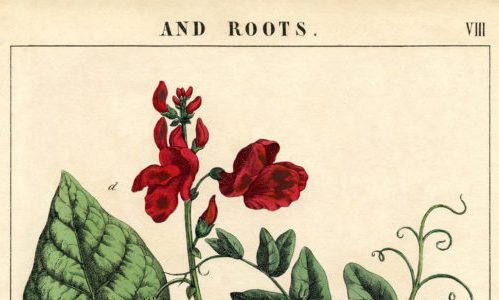RARE II – at FCMoD from May 6 to August 6 – is an exhibit of contemporary botanical illustrations depicting globally imperiled plants found in Colorado. Members of the Rocky Mountain Society of Botanical Artists created these works of art using the Master List of Rare Plants (produced by the Colorado Natural Heritage Program). I hope you have a chance to see this rare combination of scientific accuracy, aesthetic appeal, and technical mastery.
Which brings me to my subject today: a glimpse at the role botanical illustration played in the early history of science.
Surgeons traveling with the Roman army – including Greeks Dioscorides (circa 40-90 AD) and Galen (131-200 AD) – compiled herbals (text + drawings) that remained the primary materia medica texts for centuries (by some accounts, at least 1500 years). Herbalism traditions were preserved through the middle ages in the monasteries of Britain and Europe, where monks copied and translated works of Hippocrates, Dioscorides, Galen, and non-Western scientists like Ibn Sina (aka Avicenna). The advent of the printing press in the mid-fifteenth century created unprecedented access to mass-produced books, some of which included botanical illustration. (Details in this paragraph drawn from the University of Virginia’s Claude Moore Health Sciences Library, exhibits.hsl.virginia.edu/herbs/brief-history/ ).
So, Printing press + Woodcut illustrations (later lithographs) = Beautiful botanical books of both scientific and aesthetic value.
For more details about the background of botanical illustration, check out these folks:
- 16th century, Leonhart Fuchs
- 17th century, Maria Sibylla Merian
- 18th century, Pierre-Joseph Redouté
- 19th century, Pieter de Pannemaeker (Ghent) and Emily Stackhouse (Cornwall)
And enjoy the Rare II exhibit!

